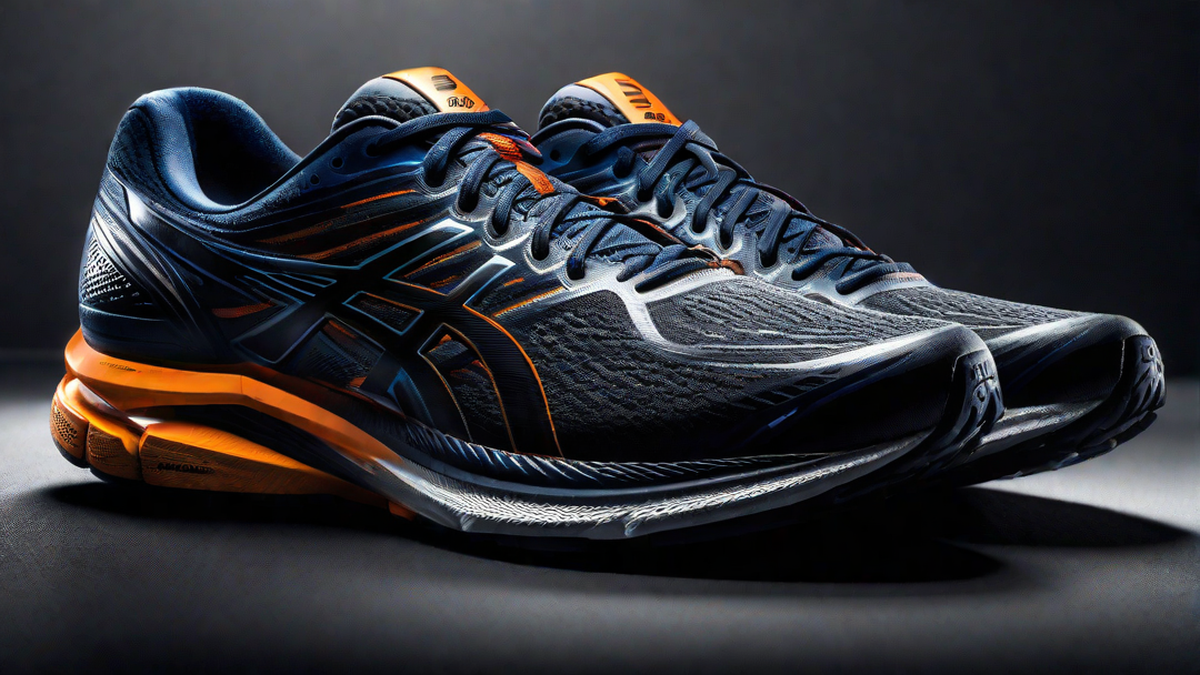Running shoes are an essential piece of gear for anyone who loves to run, whether you’re a seasoned marathoner or just starting out on your running journey. As a passionate runner myself, I can attest to the importance of finding the right pair of running shoes that not only provide comfort and support, but also enhance your performance on the road or trail.
When it comes to running shoes, one size definitely does not fit all. There are several factors to consider when choosing a pair of running shoes, including your foot type, running style, and the type of terrain you typically run on. Let’s dive deeper into what makes running shoes different from other types of athletic shoes.
Foot Type and Support
One of the most important aspects of running shoe selection is determining your foot type. There are three main foot types: neutral, pronated, and supinated. Knowing your foot type will help you find a shoe that provides the right amount of support and stability.
If you have a neutral foot type, you have a normal arch and your foot rolls inward slightly when you run. A neutral shoe with moderate cushioning and stability features would be a good choice for you.
On the other hand, if you have a pronated foot type, your foot rolls excessively inward when you run. This can lead to overpronation, which may cause injuries. You will need a shoe with motion control and stability features to help correct your foot mechanics and prevent overpronation.
For those with a supinated foot type, your foot rolls outward when you run. This is less common but still requires a specific type of shoe. Look for a shoe with good cushioning and flexibility to provide shock absorption and support for your foot.
Running Style and Cushioning
Another important factor to consider is your running style. Are you a heel striker, a midfoot striker, or a forefoot striker? The way your foot lands when you run can affect the type of cushioning you need in a running shoe.
If you tend to land on your heels first, you will benefit from a shoe with ample heel cushioning to absorb the impact of each stride. Look for shoes that offer heel cushioning technologies like gel or air pockets.
Midfoot strikers land with their foot in the middle of the arch, while forefoot strikers land on the balls of their feet. These running styles require a shoe with more forefoot cushioning to provide a smooth and comfortable toe-off.
Terrain and Shoe Type
The type of terrain you typically run on should also be taken into consideration when selecting running shoes. Different shoes are designed for road running, trail running, or a combination of both.
Road running shoes are designed with lightweight materials, good cushioning, and a smooth outsole to provide a comfortable ride on pavement or concrete surfaces.
Trail running shoes, on the other hand, are built to handle the rugged and uneven terrain of trails. They offer more aggressive tread patterns, durable materials, and additional protection to keep your feet safe from rocks, roots, and other obstacles.
Conclusion
As a runner, finding the right pair of running shoes can make all the difference in your comfort, performance, and injury prevention. Taking into account factors such as your foot type, running style, and the terrain you run on will help you choose the perfect pair of running shoes.
Remember, everyone’s feet are unique, so it’s essential to try on different brands and styles to find what works best for you. Head to your local running specialty store or try out an online retailer that offers a generous return policy, so you can test out the shoes on your runs before making a final decision.
Investing in a quality pair of running shoes is worth every penny for the joy and satisfaction you’ll get from your runs. So lace up, hit the road or trail, and let your running shoes take you on countless adventures!

